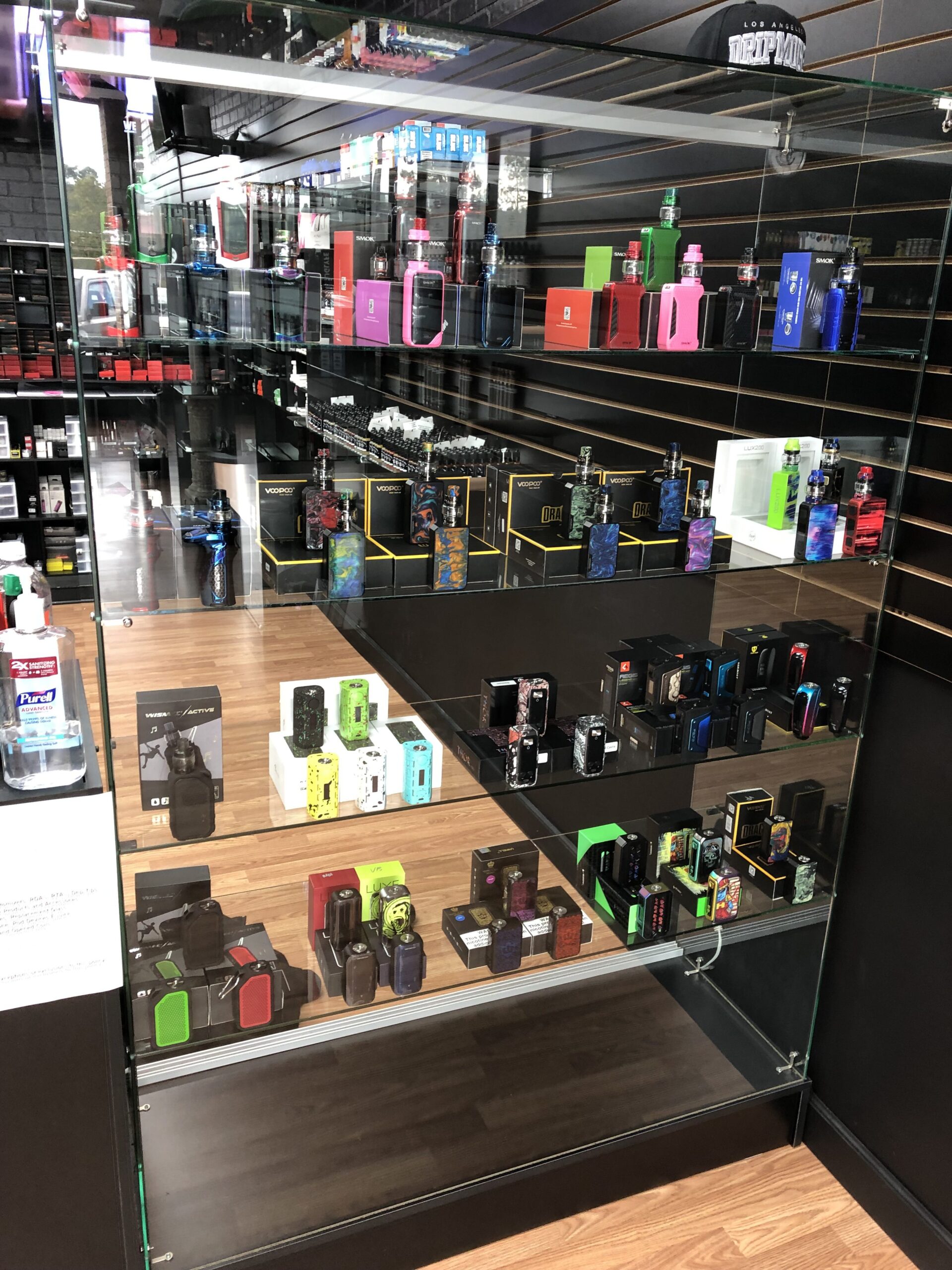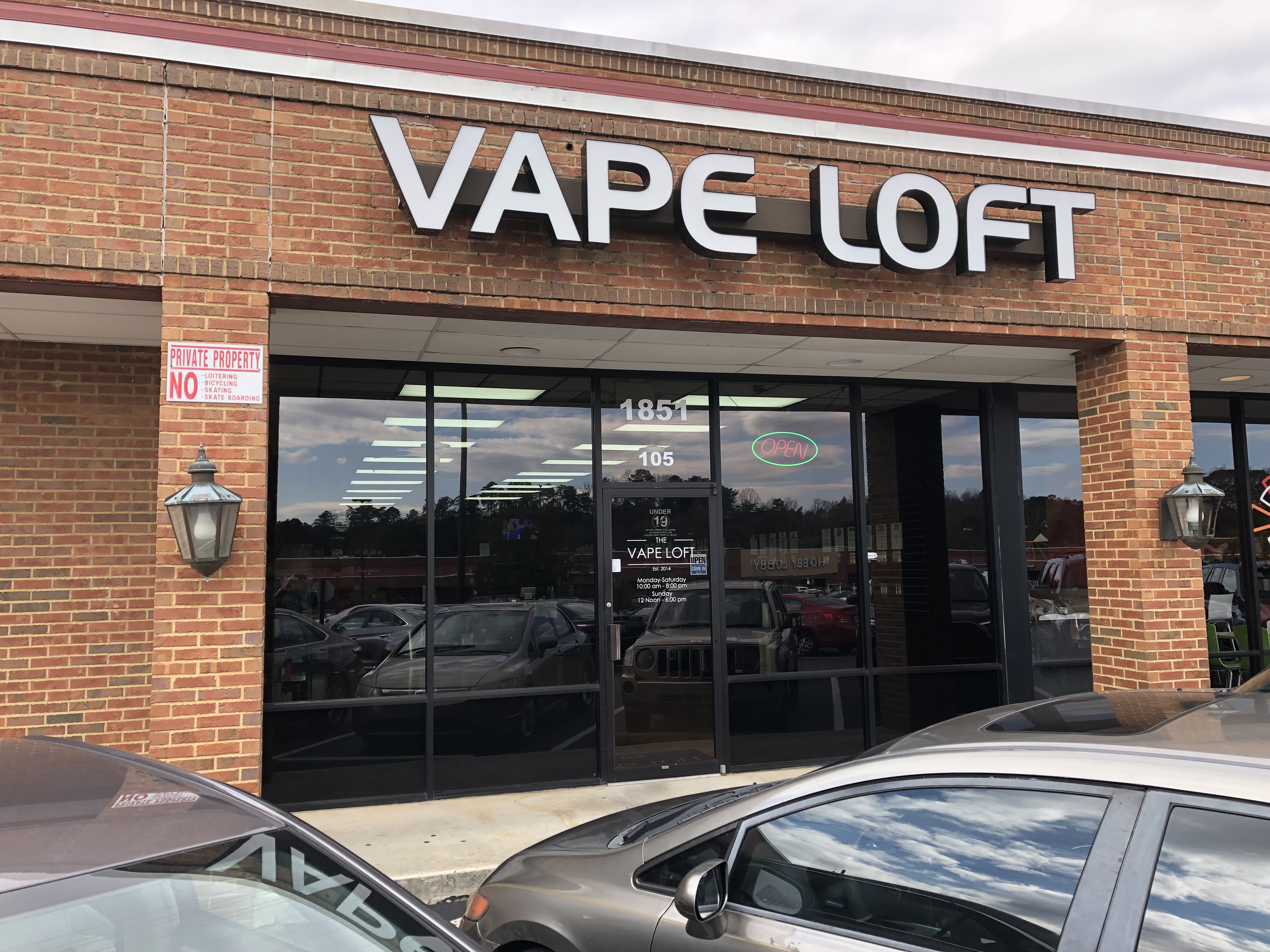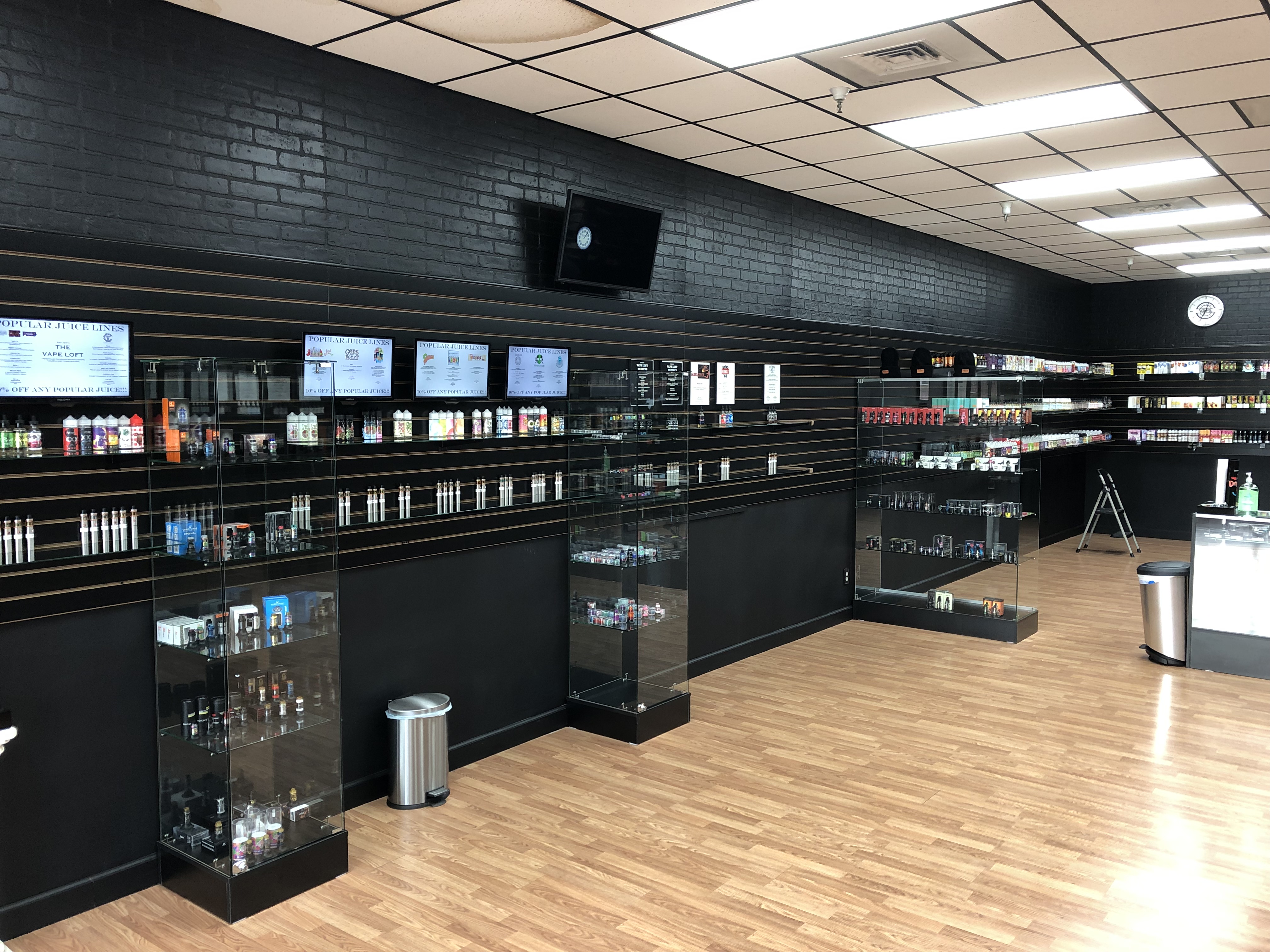Listen to the 11-minute podcast version
Watch a 1-minute introductory video
In the last few years, many parents are hearing something like this coming from their teenager:
They’re not dangerous or illegal, and it’s no big deal.
My friends use them, and their parents are cool with it. They have awesome devices with good flavors, there’s no smoke or smell, and they don’t cost much. It’s fun, it relaxes me, and it gives me something to do when I’m with my smoking friends. And all the ads say they’re okay.
Mom and Dad, can I try vaping?
Vaping is common among teenagers today. This article will help you think through your position on the issue as a parent.
But this is also a much bigger discussion. Because most teenagers will at least experiment with one or more potentially addictive substances or behaviors. If it’s not vaping, it could be cigarettes, drinking, or marijuana. Or something even more dangerous.
To help your teenagers grow up safely and happily, you will want to equip them with skills to deal with life issues and temptations they may face. This two-part series will use vaping as an example for how parents can handle those risky situations.
It could happen in your family. And, with most families, it will. Which makes it both important and urgent that you learn how to be proactive about vaping and other things they will be exposed to.
Common Questions for Dealing With Vaping
In this two-part article, we’ll start with the specifics about vaping and answer some of the most common questions many parents have. But we will handle that discussion in a broader context of how parents can be proactive both about vaping and preventing addictions overall:
What is vaping?
Vaping is inhaling and exhaling the vapor produced by an electronic device. Electronic cigarettes (E-Cigs) can be bought at many convenience stores. In most towns, there are also many vape shops where you can buy Advanced Personal Vaporizers (Vape pens or APV’s).
Note to parents: To be the best parent you can be, it helps to be informed about what’s going on in your kids’ lives. And it is critical that you get ahead of the issues that teenagers are facing and build a plan for how you will address them. That’s what Proactive Parenting is all about.
Is vaping common?
Yes, and it’s growing rapidly. In 2015, the U.S. surgeon general reported that e-cigarette use among high school students had increased by 900 percent. The Centers for Disease Control and Prevention says that 38% of high schoolers and 13% of middle schoolers have tried vaping.
Note to parents: If your kid is a teenager, you should talk to them about vaping, whether or not it has come up before. Make the first conversation all or mostly questions about their point of view, even before you ask if they have tried it. My advice would be that this first conversation be a “no penalty” discussion and that you not punish or scold them if they admit they have tried it. That would actually be a breakthrough in that they were honest with you, and you would know something important you didn’t know before. After the talk, take time to evaluate how you will handle the situation moving forward. But it’s okay to matter-of-factly weigh in that you don’t agree with vaping and don’t support it, and you should maintain that position moving forward.
Is vaping illegal?
Vaping devices, even if not using a liquid containing nicotine, are banned from being sold to minors under age 18 by Federal law. That age can be higher by state, and in Alabama it is 19. The age at which one can legally possess or use the devices varies more widely, but normally aligns with the use of cigarettes. In Alabama, that age is also 19. But, if it is enforced at all, it is normally a civil infraction where a ticket might be issued rather than being treated as a more serious crime.
Note to parents: Be careful of being called out for hypocrisy by your teenager. If you staunchly declare you are against anything illegal, yet you drive well over the speed limit or text and drive, you need to think through what your answer will be. And whether your habits should change.
Is vaping bad for your health?
Almost always, yes. Most products contain nicotine, which is certainly both harmful and addictive. There is lots of information available on both the health risk and addictive nature of nicotine, so that is not at area that can be logically challenged unless your kid never uses nicotine. But it might be wise to be somewhat questioning of that assertion.
Note to parents: If your kid says he only uses liquids with no nicotine, that position may be: (a) an easy lie to cover up what they want to do; (b) a naïve position that could soon change with regular use with their friends; or (c) perhaps, but likely the exception, the truth, and they have the self-control and commitment to hold themselves to it. And, again, if you have any personal habit that is not healthy (e.g. smoking, excessive drinking, over-eating, etc.), it is possible your teen could challenge you. Plus, they will likely say, “I don’t do it much, and I’m going to quit soon.” Right.
Is vaping safer than cigarettes?
Maybe, maybe not. Available research is conflicting and sometimes misleading to a casual reader. Depending on what factors are considered, vaping might be more or less healthy than cigarettes, but it’s certainly far more dangerous than not smoking at all.
Note to parents: If you smoke or drink alcohol, many teens may challenge you on why they can’t vape. “Until you’re an adult, it is my job to help set boundaries” is a fair position to take, but not overly convincing to teenagers. If your kid is a habitual cigarette or pot smoker and wants to try vaping as a way to quit, that is worth consideration. If you son or daughter has not been a habitual smoker for a while, discussing the “lesser of two evils” may not be the best conversation to have.
Does vaping lead to cigarettes?
The Partnership for Drug-Free Kids says: “In a meta analysis of six studies, the findings concluded that the risk of smoking increases four times if a teen vapes versus a teen that does not.”
Note to parents: This is not a major point. Nicotine is addictive however it is consumed, and addiction is a progressive disease. If they use nicotine, they will increasingly want to keep using it. Whether it’s in a cigarette or vaping device matters less. But, yes, it could lead to cigarettes.
Is vaping addictive?
Nicotine is addictive, and it is in most vaping liquids. CDC Director Tom Frieden says, “We want parents to know that nicotine is dangerous for kids at any age. Adolescence is a critical time for brain development. Nicotine exposure at a young age may cause lasting harm to brain development, promote addiction, and lead to sustained tobacco use.”
Note to parents: In addition to nicotine being addictive as a substance, the social and personal behavior of using smoking to meet an unmet need can become compulsive in itself. They could get used to both nicotine and the act of smoking to the point where they find it hard to stop even when there are negative consequences. There’s a name for that type of behavior: addiction.
Does vaping lead to worse addictions?
In most cases, probably not. But can it? Yes. Any behavior used as a crutch rather than coping with life can become addictive. If your kid vapes to relax and feel good, or to look cool and fit in, they learn that a compulsive behavior or substance can solve their problems. And the early years are normally when addictions form. If they hang around friends who vape, odds are higher that some will also acquire other addictive behaviors. A “safe” compulsion can lead to serious addictions. Perhaps not in many cases, maybe or maybe not with your kid. But it can and does happen.
Note to parents: There are varying positions a parent may take on this point. My personal view tries to balance 2 contrasting points: (a) Any addictive behavior, more so before age 21 and even more strongly before age 18, is potentially dangerous. (b) Much teenage behavior will sort itself out and not necessarily lead to addiction, and vaping is probably on the “less dangerous” end of the spectrum of addictive behavior. But it has significant risks and should be treated seriously, because one of our most important roles as a parent is to help protect our kids against addictions.
This wraps up Part 1 of our article on how to be proactive about vaping. We’ll finish up in Part 2 next week, and I look forward to continuing our discussion …
Question: Are you unaware or naïve about vaping with teenagers today?
Action: Be sure to check out Part 2 about how to be proactive about vaping.
Share this article on:


